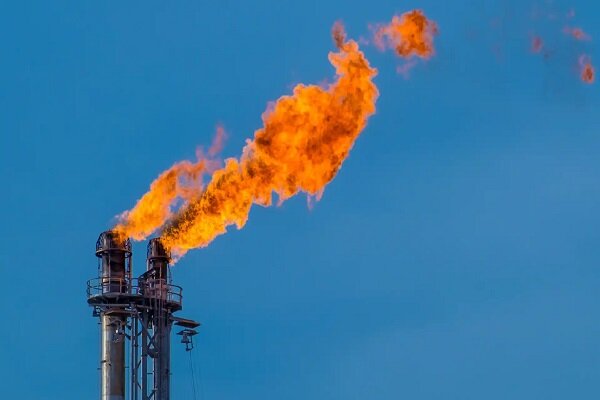
Similar Posts
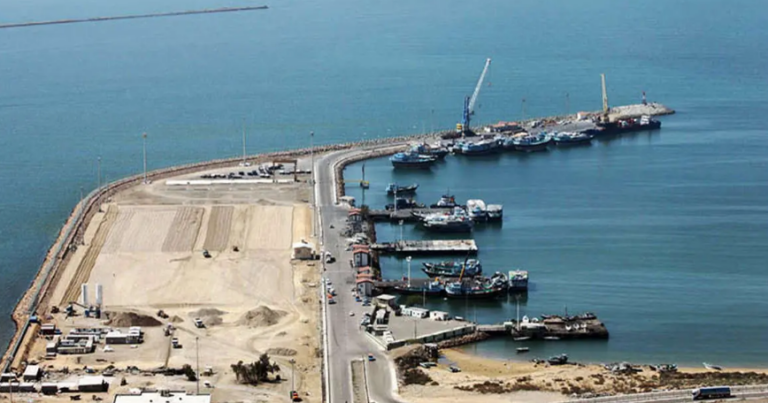
Iran’s Ambitious Capital Relocation Faces Significant Hurdles
Iran’s presidential administration has proposed relocating the capital from Tehran to the Makran region due to environmental and safety concerns. Government spokeswoman Fatemeh Mohajerani confirmed that the new capital would be in the south, specifically Makran, though it remains in the conceptual phase with no timeline set. Makran, situated along the Gulf of Oman, offers geographical and economic advantages, including access to Chabahar Port. However, challenges such as security threats, economic viability, and funding requirements pose significant obstacles to the proposal, which has sparked mixed reactions among the public and officials.

Iran Aims for 50 Million Tons of Steel Production by 2025, Says Industry Minister
Iran’s steel industry is projected to exceed 50 million tons of production by the end of the next Iranian calendar year, up from the current 45 million tons. Industry expert Atabak highlighted the sector’s strategic importance and significant advancements since the Islamic Revolution. The government’s support through technology investment, infrastructure development, and regulatory initiatives is fostering growth. As the industry expands, it also promises job creation and improved living standards. However, sustainability remains a priority, with a focus on reducing carbon emissions and promoting recycling. Overall, the steel sector is poised to enhance Iran’s economic prospects on a global scale.
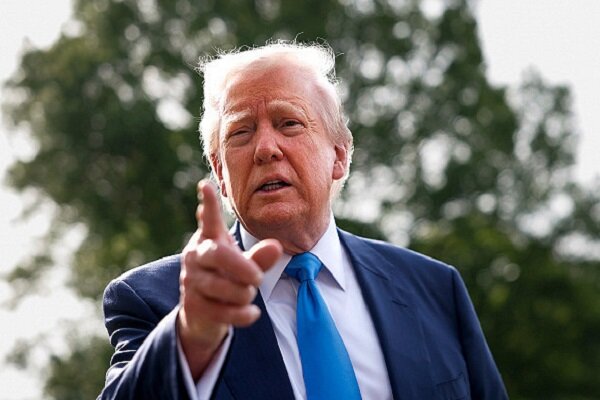
Trump Warns: Looming Recession Threatens U.S. Economy Soon!
Amid rising recession concerns, President Trump remains optimistic about the U.S. economy’s future, asserting it is in a transitional phase and will thrive. However, former Treasury Secretary Janet Yellen warns that Trump’s tariffs, particularly on Chinese imports, could precipitate a recession by increasing consumer prices, disrupting supply chains, and leading to job losses in critical sectors. The tariffs, which reached 145% on Chinese goods, have strained international trade relations and raised questions about long-term sustainability. As economic indicators fluctuate, the impact of these trade policies will be closely monitored, with uncertainty lingering over the nation’s economic trajectory.
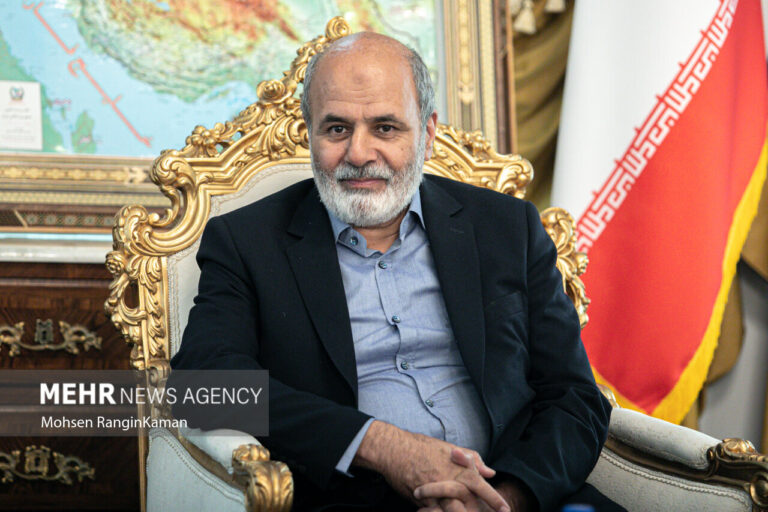
Iran Seeks to Strengthen Ties with Kurdistan Region: A New Era of Collaboration
In a diplomatic meeting, Ali Akbar Ahmadian, Secretary of Iran’s Supreme National Security Council, reiterated Iran’s dedication to the security and stability of Iraq and its Kurdistan Region. He emphasized the importance of unity among neighboring nations, viewing the security of these areas as essential. Nechirvan Barzani, Head of the Kurdistan Region, noted the significance of recent diplomatic efforts, including the Iranian president’s visit, which aims to enhance cooperation. Key areas discussed included economic collaboration, security cooperation, and cultural exchanges. Both leaders expressed optimism for a more integrated approach to governance and development, fostering stability and mutual prosperity in the region.
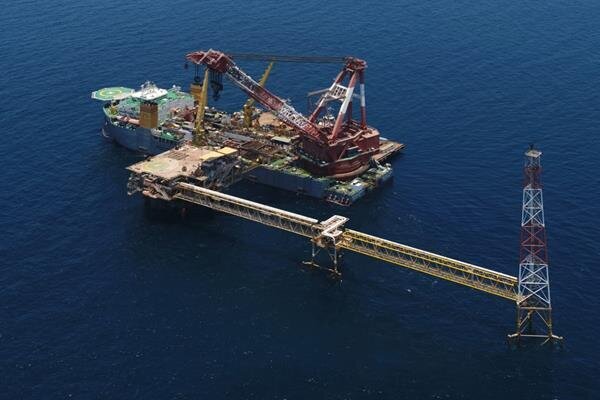
Iran Launches First Infill Drilling Well Project in South Pars: A New Era for Energy Production
The Pars Oil and Gas Company (POGC) has completed its first well, Well No. 5, at the SPD12B platform in the South Pars gas field, marking a key milestone in a major gas production initiative. This project, aimed at counteracting natural reservoir depletion, is part of a 35-well infill drilling strategy to boost production capacity by 36 million cubic meters daily. The successful drilling, executed using the DCI-2 offshore rig, reflects the collaboration between POGC and the PETROIRAN Development Company. The project is vital for maintaining output in one of the world’s largest gas fields, ensuring regional energy security.
